Revealed: iPhone 6S will look nearly identical outside, but expect numerous changes inside [Gallery]

For fall 2015, Apple is preparing an “S” iPhone upgrade that superficially preserves the exterior designs of the iPhone 6 and iPhone 6 Plus, but includes a collection of major internal changes. In May, we reported that this new “iPhone 6S” line would debut this fall with a Force Touch, pressure-sensitive display as one of its marquee features. Now, a proven source familiar with Apple’s supply chain has provided us with the most extensive look yet at Apple’s next iPhone, sharing the first photos of the iPhone 6S’s external metal casing, plus an in-depth look at the new iPhone’s internals. Today, we’re focusing on the exterior of the next iPhone, which appears to refute a number of potential changes that some have speculated were destined for this model.
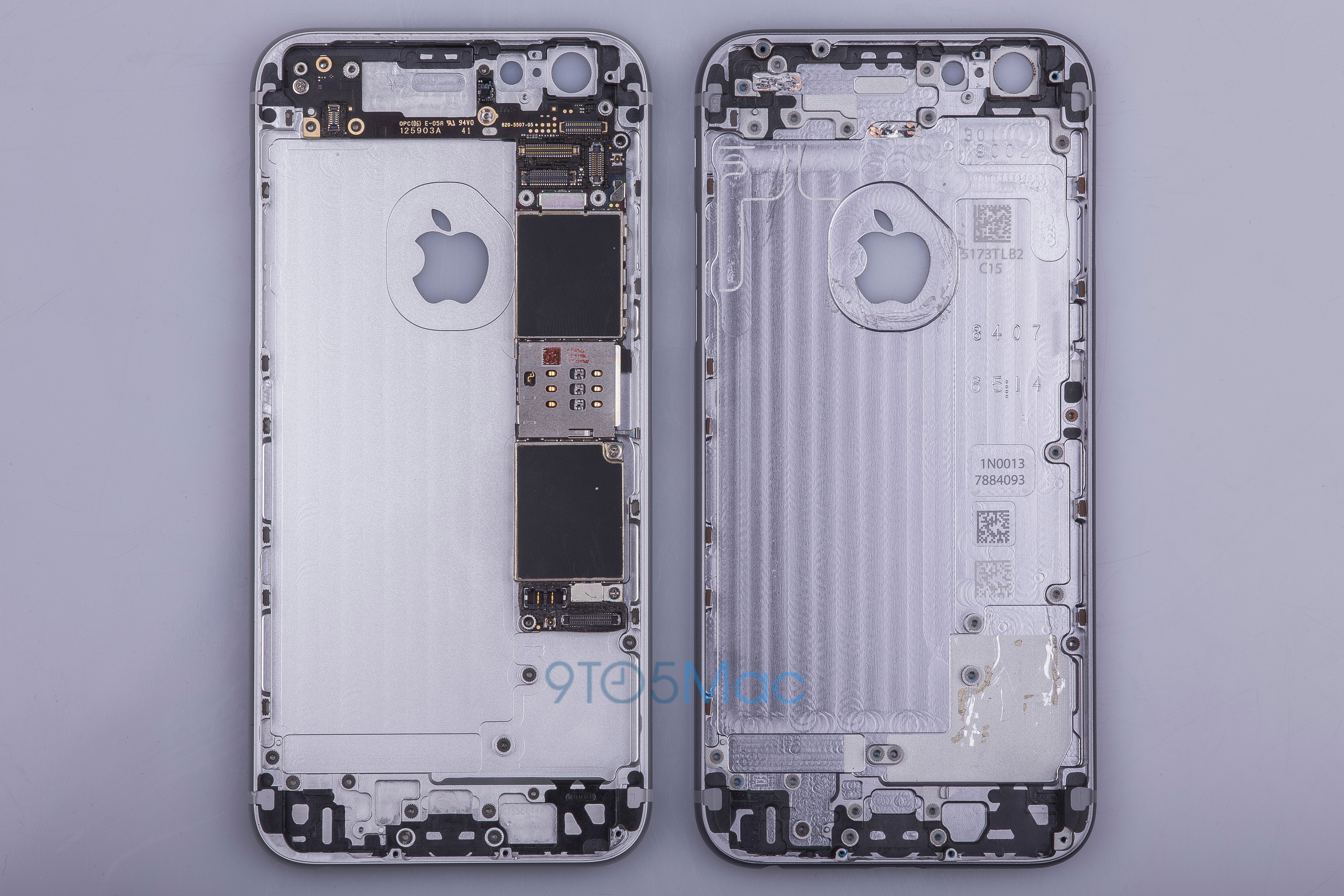
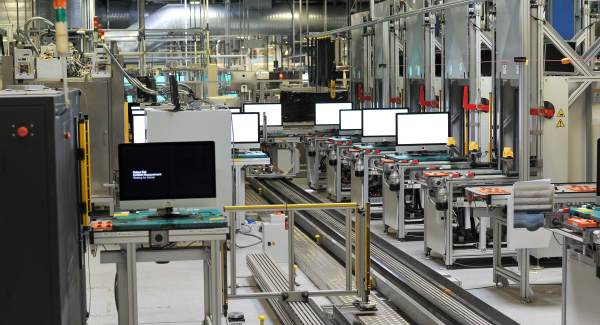



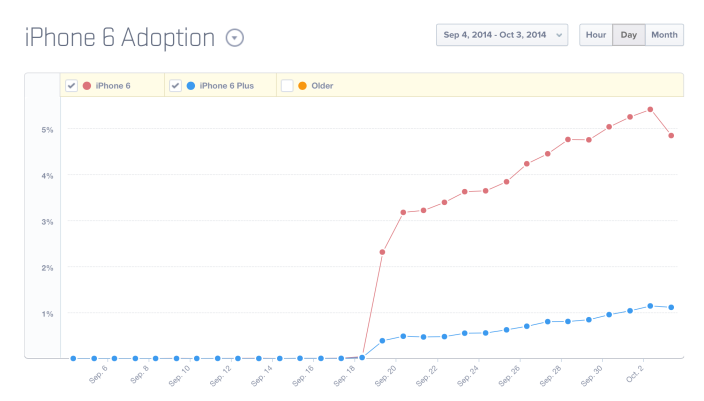




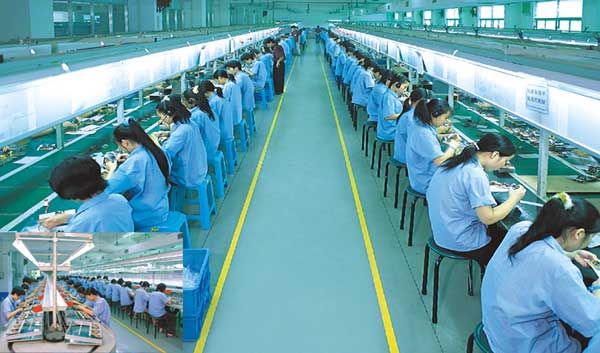
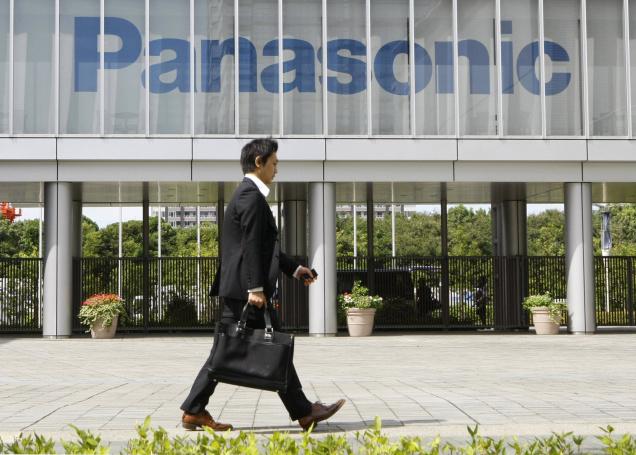
 With all the controversy surrounding Apple’s supply chains abroad, Foxconn, one of Apple’s biggest partners responsible for assembling the majority of its products, has received the brunt of criticisms. We already know what the Taipei-based assembler
With all the controversy surrounding Apple’s supply chains abroad, Foxconn, one of Apple’s biggest partners responsible for assembling the majority of its products, has received the brunt of criticisms. We already know what the Taipei-based assembler